If there is one thing that I have learnt down the years, it is that making good-quality silage can save you a lot of money.
I have been on many visits to some excellent farms (sadly there are no visits at the moment) and one thing that stands out is that they are all aiming to make good silage.
Here in Fermanagh, we have the need for more silage than many other parts of the country, There is also a common saying in this county – “there is no point in having good-quality silage if you are at the back wall in February”.
I totally agree with the thinking, but with a little planning, you can have enough silage and good quality at the same time.
Over the last few years, I have tried hard to make the best quality silage that I possibly can while also ensuring that I have enough for the whole winter. However, it’s not always easy when you are relying on a contractor.
We got the first cut of silage in the third week of May, although we were ready to cut a week to 10 days earlier
Everyone seems to want their silage made at the same time and the weather is often working against you as well. This past year was very difficult, and while there was some excellent weather early on, it went downhill and for most of the summer it was hard to get two dry days in a row.
We got the first cut of silage in the third week of May, although we were ready to cut a week to 10 days earlier.
However, the contractor had a major breakdown and it left him running behind. Having said that, it has turned out to be really good silage, with a D value of 75.5%, ME of 12.3 and almost 16% CP. The crop also bulked up well, probably because it was harvested later than I would have liked.
Then the weather went downhill, and it became very difficult to get a decent spell of weather to get the second cut done
But, the big problem was that it meant we were out later than I wanted with slurry and fertiliser for the second cut.
Then the weather went downhill, and it became very difficult to get a decent spell of weather to get the second cut done. Everyone was held up, and the contractor was struggling. We were delayed by over a month.
Ground was getting wet and it was impossible to make the kind of silage that I would have liked. We did get most of the second cut taken although we had to take it in two goes. It was wet and very steamy, although there was plenty of bulk.
We normally take a third cut but as the second cut was so late, we did not bother.
Winter
However, we still headed into the winter with lots of silage, but I knew that it was not all of the quality that I would have liked.
I was a little afraid to get the second-cut silage tested as I had a fair idea that it would not be as good as other years.
I eventually plucked up the courage, and as expected it was not as good as I wanted.
Thankfully, I have more of the good-quality material than the poorer stuff
The D value was below 65% and the ME was just over 10, and although the protein was between 12.5 and 16, the main issue is the dry matter at only around 20%.
I suppose in some respects, it was not as bad as it could have been, but it has meant that I have had to rethink my winter-feeding programme.
Anything fed this poorer-quality silage will require meal feeding. Thankfully, I have more of the good-quality material than the poorer stuff.
I have spoken with my CAFRE adviser and we have drawn up a feeding regime for the winter.
Perhaps some farmers might not want to know how bad their silage is, but the right course of action is to get it tested, and then work out a plan of action to mitigate against any shortcomings.
Read more
Farmer Writes: limiting the pain of feeding silage
Following the latest trends in ventilation
If there is one thing that I have learnt down the years, it is that making good-quality silage can save you a lot of money.
I have been on many visits to some excellent farms (sadly there are no visits at the moment) and one thing that stands out is that they are all aiming to make good silage.
Here in Fermanagh, we have the need for more silage than many other parts of the country, There is also a common saying in this county – “there is no point in having good-quality silage if you are at the back wall in February”.
I totally agree with the thinking, but with a little planning, you can have enough silage and good quality at the same time.
Over the last few years, I have tried hard to make the best quality silage that I possibly can while also ensuring that I have enough for the whole winter. However, it’s not always easy when you are relying on a contractor.
We got the first cut of silage in the third week of May, although we were ready to cut a week to 10 days earlier
Everyone seems to want their silage made at the same time and the weather is often working against you as well. This past year was very difficult, and while there was some excellent weather early on, it went downhill and for most of the summer it was hard to get two dry days in a row.
We got the first cut of silage in the third week of May, although we were ready to cut a week to 10 days earlier.
However, the contractor had a major breakdown and it left him running behind. Having said that, it has turned out to be really good silage, with a D value of 75.5%, ME of 12.3 and almost 16% CP. The crop also bulked up well, probably because it was harvested later than I would have liked.
Then the weather went downhill, and it became very difficult to get a decent spell of weather to get the second cut done
But, the big problem was that it meant we were out later than I wanted with slurry and fertiliser for the second cut.
Then the weather went downhill, and it became very difficult to get a decent spell of weather to get the second cut done. Everyone was held up, and the contractor was struggling. We were delayed by over a month.
Ground was getting wet and it was impossible to make the kind of silage that I would have liked. We did get most of the second cut taken although we had to take it in two goes. It was wet and very steamy, although there was plenty of bulk.
We normally take a third cut but as the second cut was so late, we did not bother.
Winter
However, we still headed into the winter with lots of silage, but I knew that it was not all of the quality that I would have liked.
I was a little afraid to get the second-cut silage tested as I had a fair idea that it would not be as good as other years.
I eventually plucked up the courage, and as expected it was not as good as I wanted.
Thankfully, I have more of the good-quality material than the poorer stuff
The D value was below 65% and the ME was just over 10, and although the protein was between 12.5 and 16, the main issue is the dry matter at only around 20%.
I suppose in some respects, it was not as bad as it could have been, but it has meant that I have had to rethink my winter-feeding programme.
Anything fed this poorer-quality silage will require meal feeding. Thankfully, I have more of the good-quality material than the poorer stuff.
I have spoken with my CAFRE adviser and we have drawn up a feeding regime for the winter.
Perhaps some farmers might not want to know how bad their silage is, but the right course of action is to get it tested, and then work out a plan of action to mitigate against any shortcomings.
Read more
Farmer Writes: limiting the pain of feeding silage
Following the latest trends in ventilation




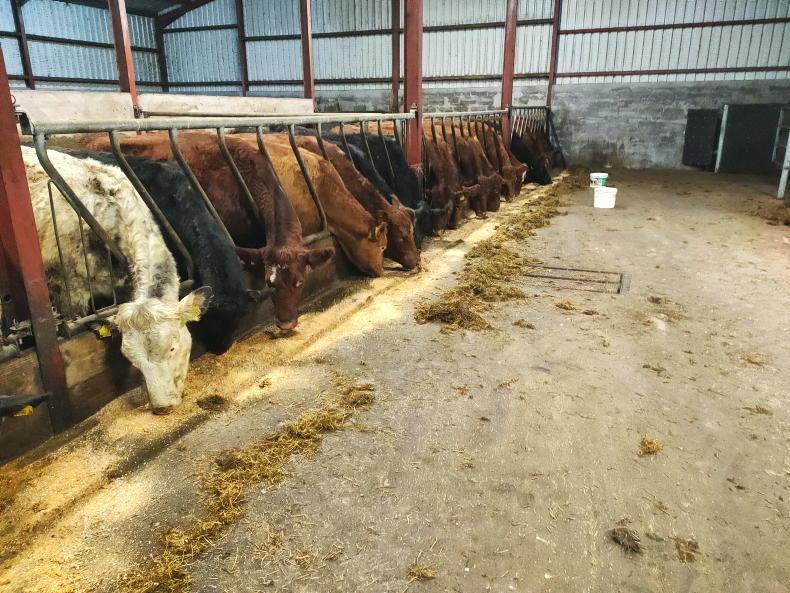
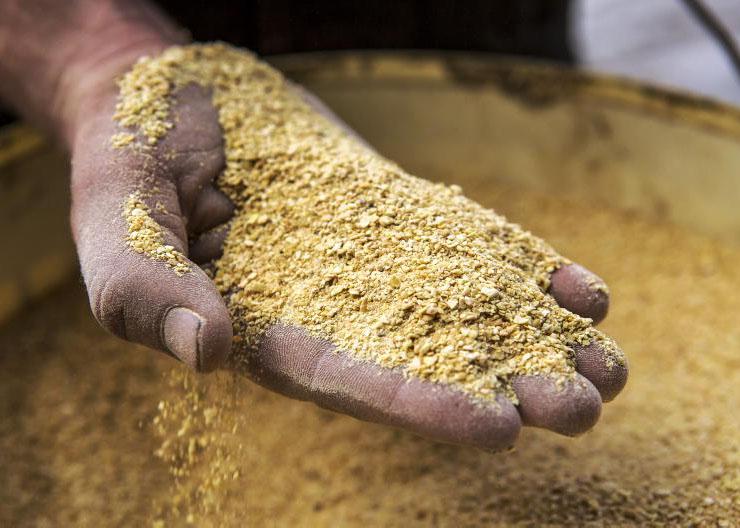

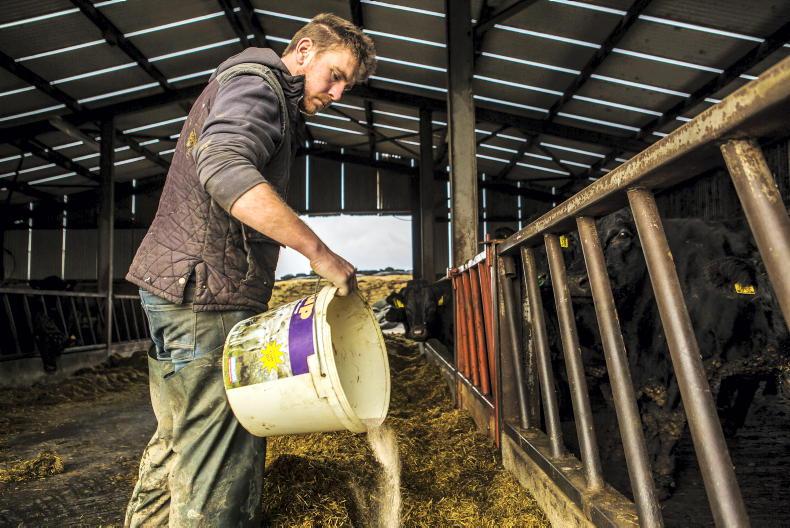
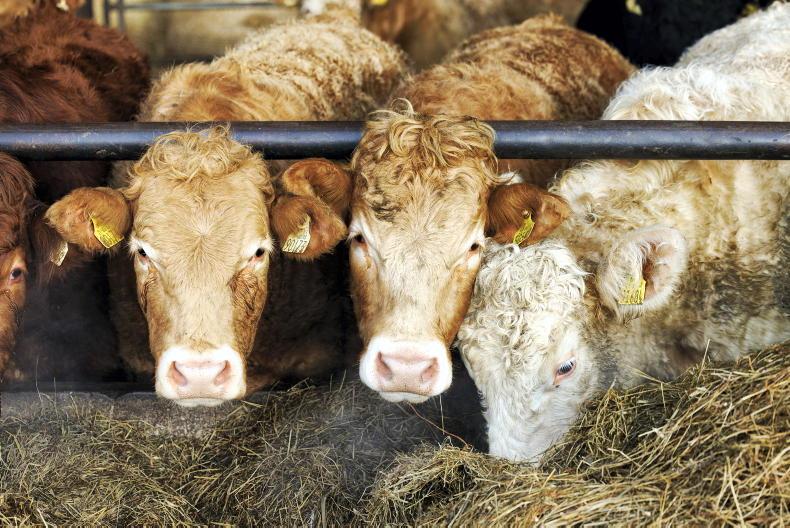
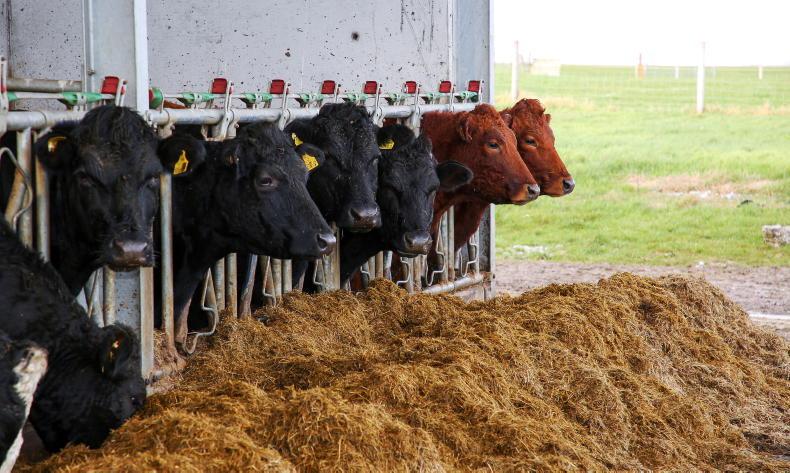
SHARING OPTIONS